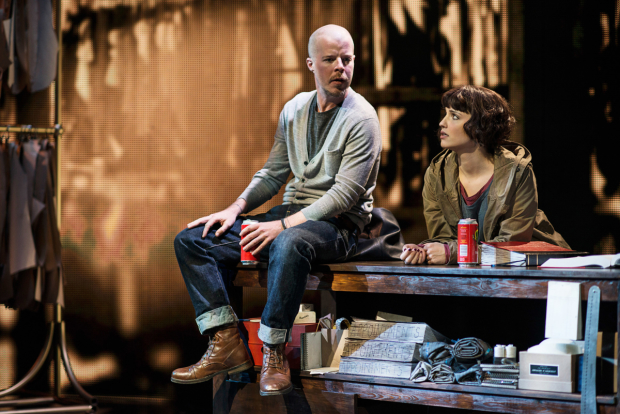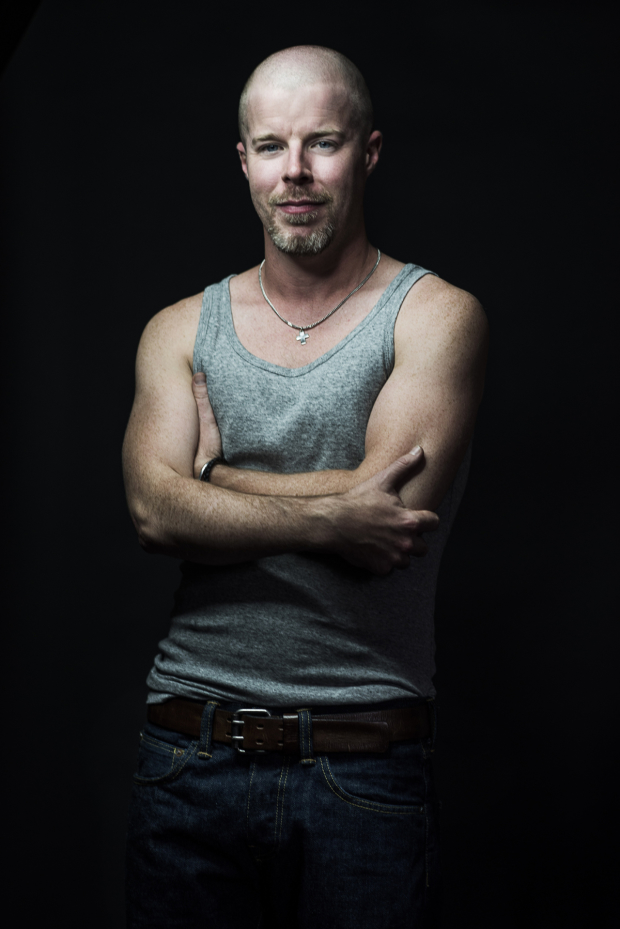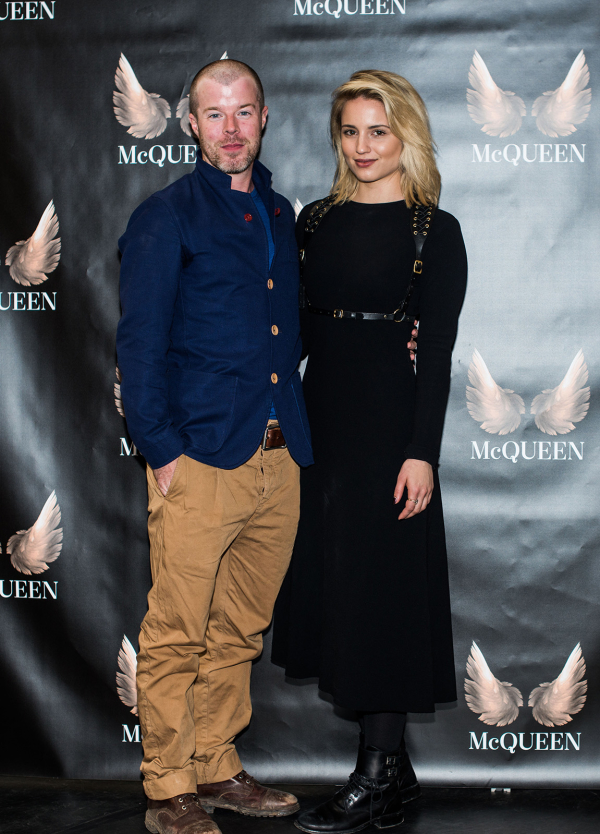McQueen (St James Theatre)

© Specular
Two years before he died in 2010, the designer Alexander McQueen presented a collection called The Girl Who Lived in the Tree, a fairy tale of a girl who materialises in his own back garden to meet a prince and become a queen.
It’s the ingenious idea of playwright James Phillips to imagine the genesis of that collection in a version of the My Fair Lady story with a tattooed and languorously depressed McQueen (Stephen Wight is an uncanny Cockney lookalike of the slimmer McQueen) interrupted on a phone call to milliner Philip Treacy in his ghostly Mayfair basement by an American waif, Dahlia (Dianna Agron, best known as Quinn Fabray in Glee), who wants to go to the ball.
But although John Caird‘s inventive production is often beautiful – flecked with McQueen’s eclectic choice of fashion show music featuring a re-mix of "Relax" and a Mozart concerto, with shards of Nina Simone, Handel, Björk and Ligeti – the overall tone of the evening is at first self-pitying and finally enervating.
Lee (as McQueen was known) takes his gate-crasher on a trip through his decadent underground of clubs and shows where the hedonistic clientele are played by a dance ensemble (sleek choreography by Christopher Marney) who resemble a bunch of whacked-out mannequins in lingerie and headgear made from winding sheets, a corpse de ballet.
There is also a bitchy interviewer, and former colleague, brightly played by Laura Rees and a gleaming cameo of McQueen’s own Svengali, Isabella Blow (Tracy-Ann Oberman manages both the camp and the sneeriness); Issy and Lee have the best scene, a sort of two-way mirror chat of affectionate recrimination from beyond her grave.
The torpor of the characters is catching, though, especially in Dahlia’s case. Agron plays her on a monotone and her prettiness is not enough to sustain the moments of delight and transfiguration the play offers, not least when Lee dresses her in Erin O’Connor’s red-dyed ostrich feathers or the shimmering golden coat from his last collection.
For the real theatricality, fetishistic dazzle and brilliance of McQueen’s work, you’re better off visiting the current V&A exhibition, Savage Beauty; one of its many astonishing rooms contains a two-room high cabinet of curiosities, and here you may gawp and dream among catwalk videos, crystal-clustered boots, dresses, jewellery and accessories, a treat of high camp and low moans.
Something of McQueen’s tailoring artistry is conveyed in a scene where he and Dahlia visit one of his Savile Row apprenticeship locations (attended by David Shaw-Parker‘s fussing old-school Mr Hitchcock) and he cuts and designs a wear-and-go cocktail number of black silk on a taffeta bulb-like skirt.
It’s a neat coincidence that when McQueen later took a job in theatrical costumiers Berman and Nathan’s, one of the shows he cut clothes for was John Caird’s (and Trevor Nunn’s) RSC production of Les Misérables. And when famous, he always designed for performance and erotic artists, as well as for Sylvie Guillem’s Eonnagata at Sadler’s Wells. His untimely death does make you wonder what he might have still achieved in theatre as well as in fashion.
There’s a lot of information and detail packed into Phillips’s play, some good scenes, and a wonderful performance by Wight who presents McQueen as charming, funny and sharp even when drugged, drunk and contemplating death, which is most of the time. But the tailoring is sloppy. Nothing much hangs together, or builds to a climax. And for a short play – 100 minutes – it seems to go on for ever.
McQueen runs at the St James Theatre until 27 June. For more information and to book tickets, click here.












